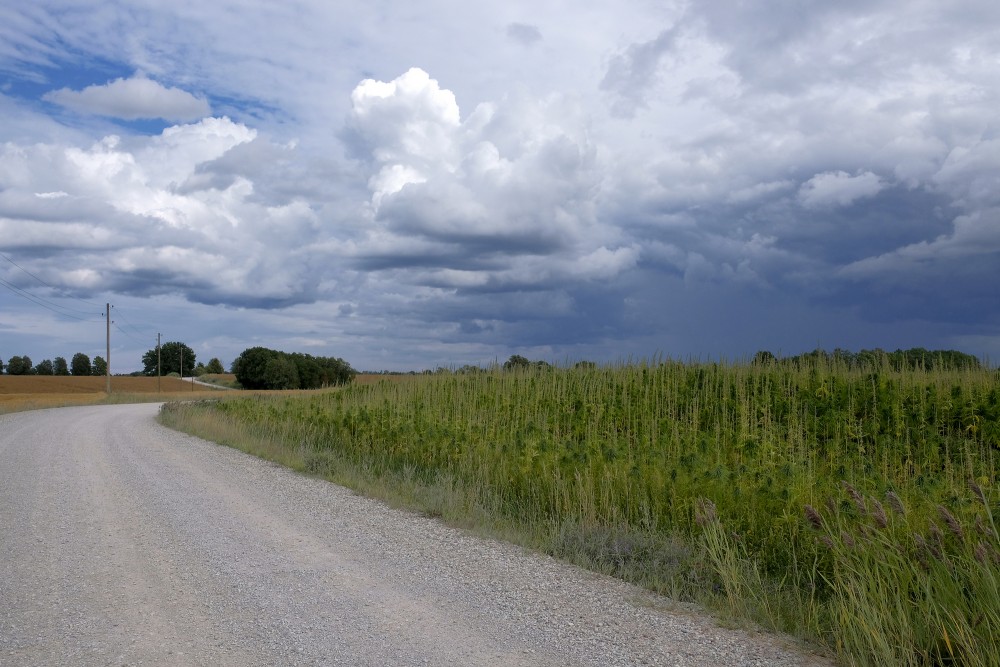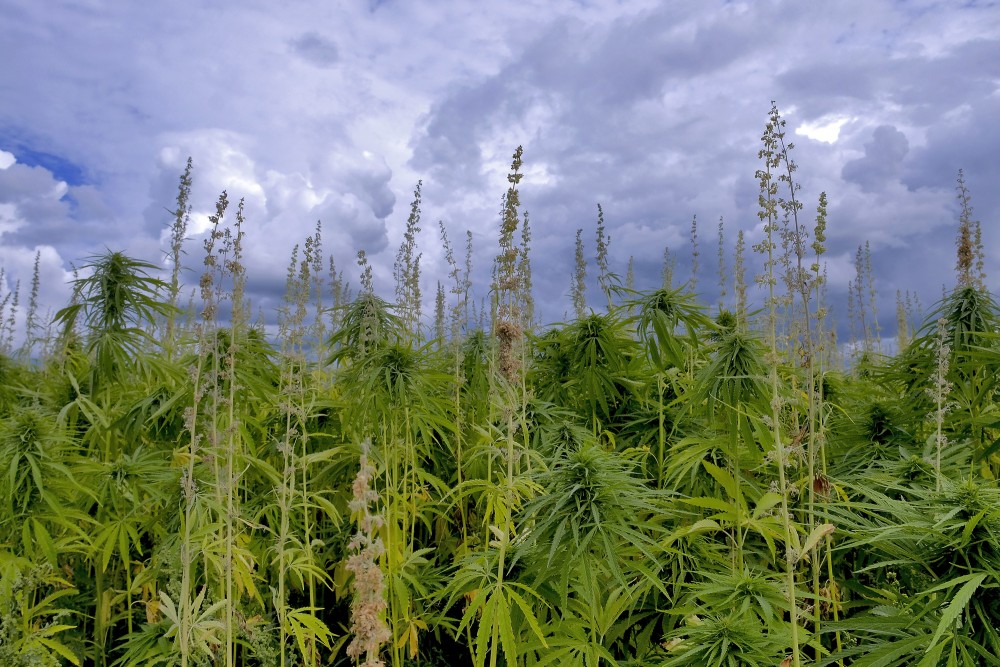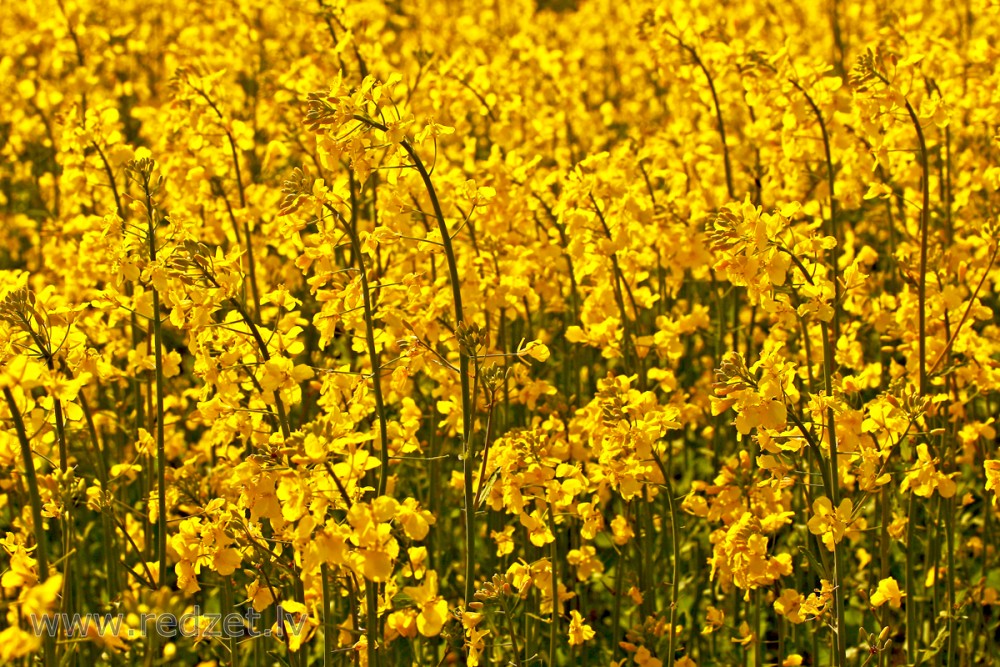Crops
A crop is a plant that can be grown and harvested extensively for profit or subsistence. In other words, a crop is a plant or plant product that is grown for a specific purpose such as food, fibre, or fuel.
When plants of the same species are cultivated in rows or other systematic arrangements, it is called crop field or crop cultivation.
Most crops are harvested as food for humans or fodder for livestock.
Important non-food crops include horticulture, floriculture, and industrial crops. Horticulture crops include plants used for other crops (e.g. fruit trees). Floriculture crops include bedding plants, houseplants, flowering garden and pot plants, cut cultivated greens, and cut flowers. Industrial crops are produced for clothing (fiber crops e.g. cotton), biofuel (energy crops, algae fuel), or medicine (medicinal plants).
Production
There was an increase in global production of primary crops by 56% between 2000 and 2022 to 9.6 billion tonnes, which represents a 0.7% compared to 2021. This represents 3.5 billion tonnes more than in 2000. Cereals represented the main group of crops produced in 2022, followed by sugar crops (23%), vegetables (12%) and oil crops (12%). Fruit accounted for 10% of the total production. This production increase is mainly due to a combination of factors, including an increased use of irrigation, pesticides and fertilizers and a larger cultivated area). Moreover, better farming practices and the use of high-yield crops play a role. Four crops account for about half of global primary crop production: sugar cane, maize, wheat and rice.
The value of primary crops production increased at a slightly higher pace in real terms as the quantities produced (57%), from USD 1.8 trillion in 2000 to USD 2.8 trillion in 2021. As with quantities produced, cereals accounted for the largest share of the total production value in 2021 (30%). Vegetables and fruit represented 19% and 17%, respectively, of the total value in 2021, which is significantly higher than the shares in quantities. The shares of oil crops and roots and tubers in the total value were similar to the shares in quantities. Sugar crops represented 4% of the total value: such a discrepancy with the share of the quantities produced is due to differences in price compared to fruit and vegetables, and to the fact that the transformation into refined sugar is adding the most value.
en.wikipedia.org




